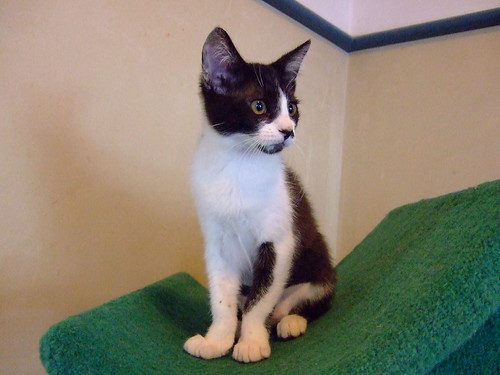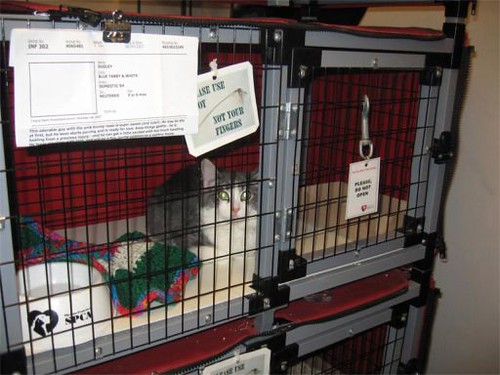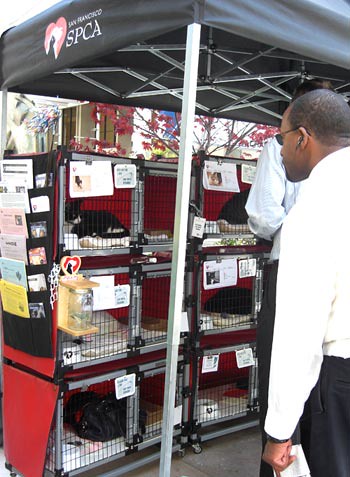I could not bare to see my best friend decline this way, fully knowing that every one of her future days would be clouded with confusion, pain and discomfort. After long tear filled discussions with my wife, we made a promise to end her pain and let her go on in peace. A decision we would torment ourselves while still understaning it was righteous and necessary.
Matilda left us on August 28th, 2009. All the moments leading up to her final one were torturous. Saying goodbye to my best friend and trying to detach myself from her was something I quickly realized was going to be the hardest moment of our relationship. After all, Matilda was a truly unique friend that had so many memorable quirks. You may remember her from many blog posts in the past. My last hurrah for her was the story about how a friend watched her when I went to Hawaii. Matilda was ALWAYS by my side, starting the moment I would enter my apartment until the moment I fell asleep. We were always joined at the hip. In keeping with our commitment to each other, she never left my lap until she fell asleep that very last time.
You can imagine that there is a profound sense of emptiness in our home now. You find yourself looking for her in her normal places or hearing her when she is never going to be there, a transition I will never ever get used to. I smell her sweet smell. I still find things she hid in the corners or under the bed. Most of all I still expect her to be by my side, even though I know she always will be. My best friend is gone but forever in my heart.
For myself and others that choose to work in animal welfare, losing an animal that is close to you is very unique. You can't just go back to your desk job and forget your troubles. The next day, you are back in the shelter working with cats or dogs. There are reminders everywhere you turn. The best part is that you find yourself turning to your coworkers who support and understand everything you are going through. Yesterday, I cried on the bus, surrounded by strangers on the way to work. When I got to work, I cried among animal lovers who understood my pain.
Having worked in a shelter environment for over 7 years and seeing many cats come and go, I have been spared the pain of personal loss as Matilda was my first and only cat. I can honestly say that I am now looking at what I do for a living with a whole new perspective. Just when I thought my work was important, I now know just how much impact each cat has on the humans it touches. Matilda was a great ambassador for the cause and I will never ever forget her. I also know that she had fans all over the world. Readers of this blog would almost always respond in high numbers when I posted about her. Rest assured that she is in a peaceful place. Matilda is everywhere now.
If you are going through similar pain or loss of your animal companion, the SFSPCA has a Pet Loss Support Group once a month.
http://sfspca.org/programs-services/pet-loss-support
No reservations are ever needed, and groups meet on the first Tuesday of every month in The SF/SPCA Humane Education Classroom, located at 243 Alabama Street. (View map) is staffed by volunteers from the UC Davis School of Veterinary Medicine
http://www.aplb.org/
http://www.petloss.com/
http://www.pet-loss.net/
http://www.cvma.net/list.asp?parentid=1303&title=pet_loss&titletype=pets&ptitle=Its+About+Pets
http://www.deltasociety.org/Page.aspx?pid=307
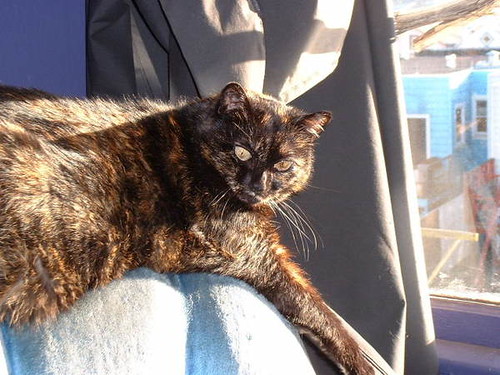
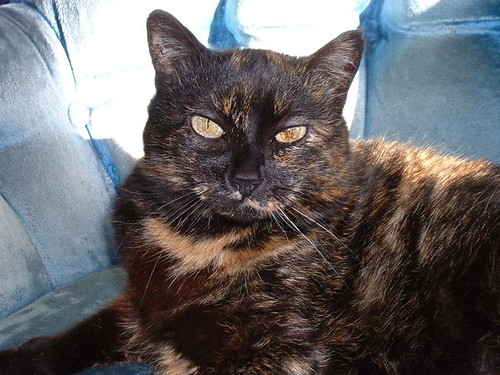
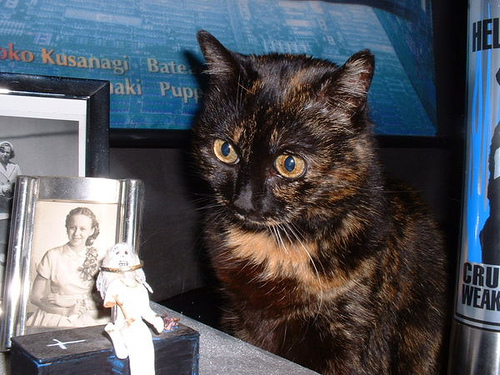



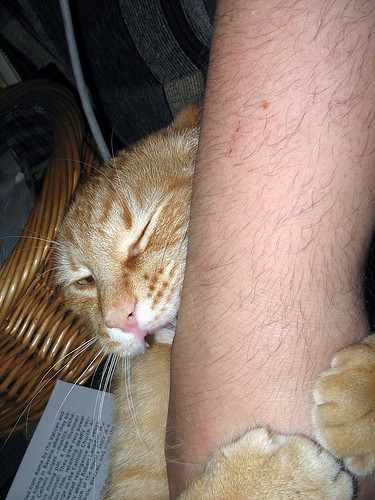

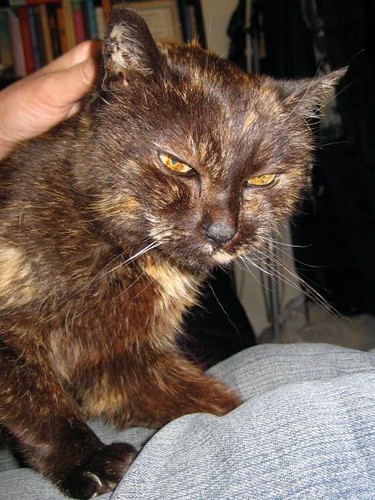

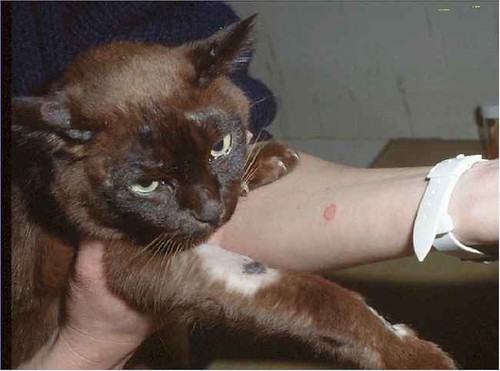
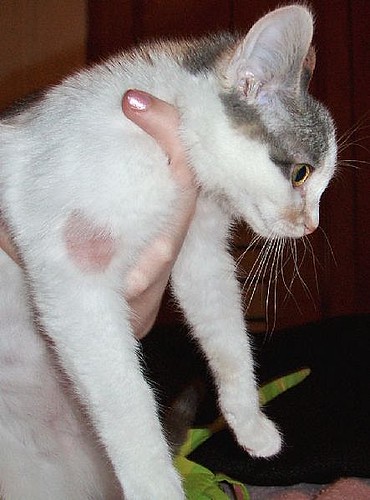

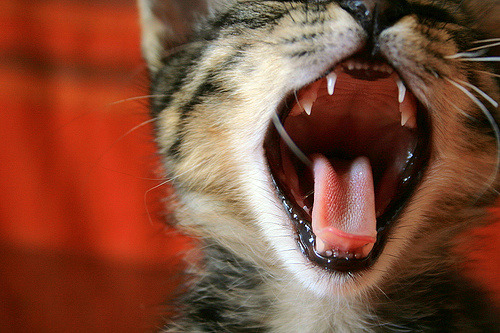


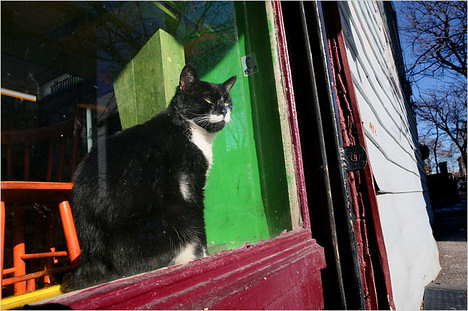

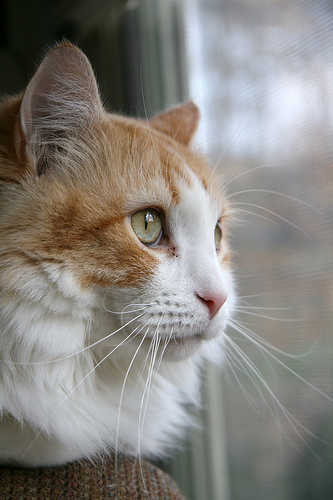
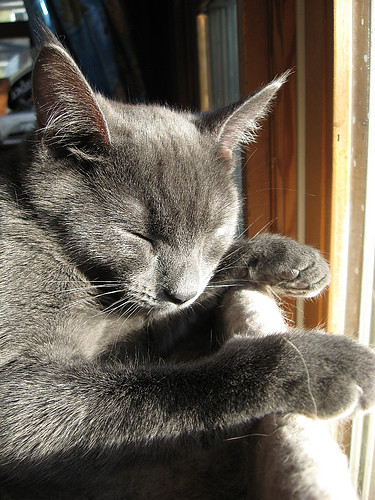

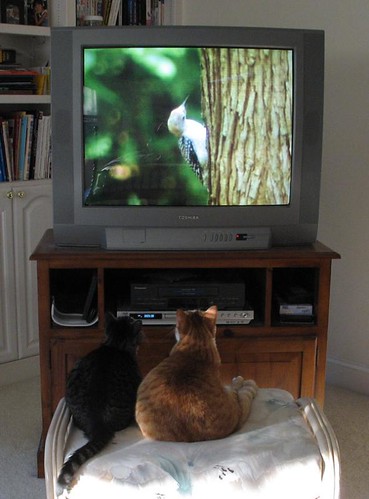
![catkittygrass[1]](http://farm4.static.flickr.com/3615/3388436368_3a7577b3c6.jpg)


